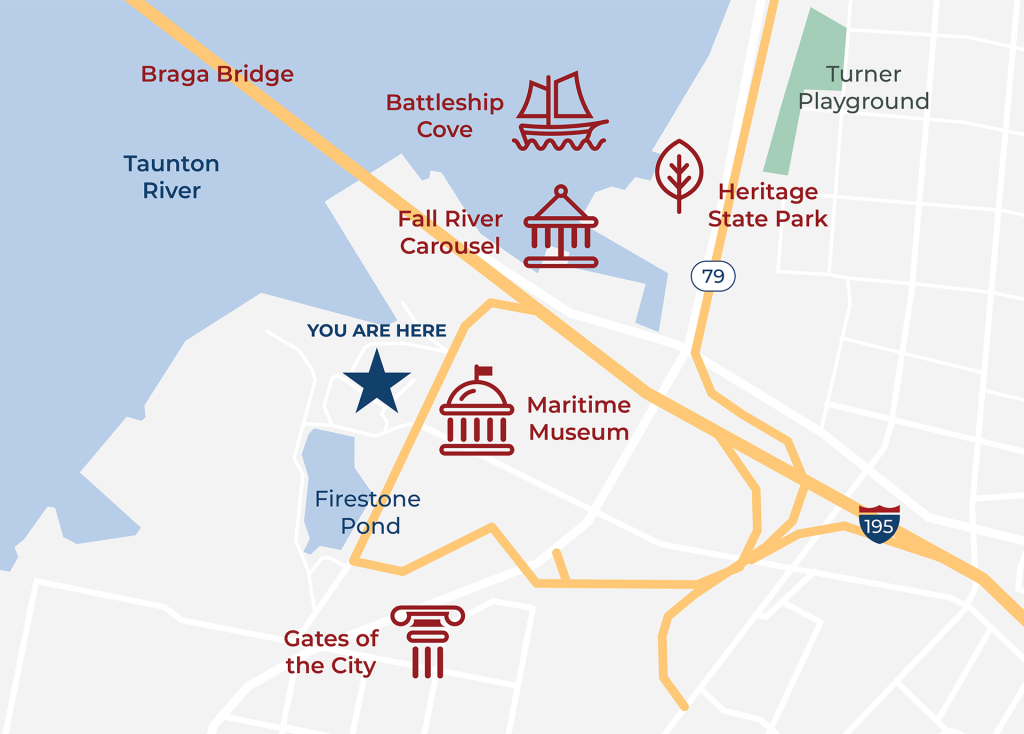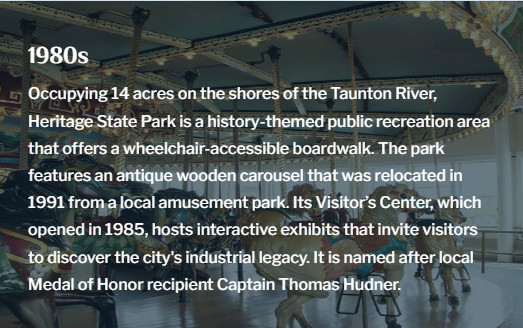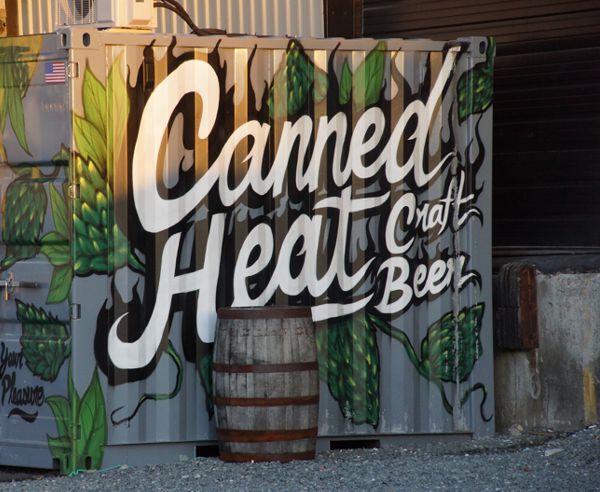Explore the Heart of Fall River’s History
Welcome to Fall River’s vibrant Waterfront Cultural District, where history, culture, and recreation converge to offer an unforgettable experience. This dynamic area boasts an array of educational spaces, enticing eateries, and recreational opportunities, making it a must-visit destination for locals and travelers alike.
Immerse yourself in the city’s rich history by exploring local cultural centers and museums, then take a stroll along the boardwalk with views of the expansive Taunton River. When hunger strikes, indulge in the area’s diverse selection of restaurants and breweries offering conventional favorites and innovative twists on timeless dishes.
Whether you are drawn to culinary delights, traditional landmarks, or cultural exploration, the Waterfront Cultural District offers something special for everyone to enjoy.


Click here for more things to do in the area
History of the Area
Mid-1800s
In the early-mid 19th century, the Fall River Line was a major regional transportation authority, allowing customers to travel between the major cities of the Northeast by train and steamboat. It is said to have served some of the era’s most notable figures, including numerous U.S. Presidents on its routes which included service from Fall River to New York City. Colonel Richard Borden, whose family name has become synonymous with Fall River history, was one of the founders of the Fall River Line.
Late 1800s
In the late 19th and early 20th centuries, Fall River was the leading cotton textile center in the United States. Many of Fall River’s manufacturing businesses were located in one of the dozens of historic mill buildings that remain standing today. The Metacomet Mill on Anawan Street, built in 1847, is the oldest remaining textile mill in the city. The adjacent American Printing Company Mill No. 7 was built over the falls of the now-covered Quequechan River; it was once the largest producer of printed cotton cloth in the United States.
1940s
The Waterfront Cultural District includes the Fall River State Pier, which has operated since 1945. Today it is owned by the Commonwealth of Massachusetts and serves as an active outlet for local shipping, cruise ships/transit, and commercial fishing operations serving the surrounding area. These operations are made easier by Fall River’s proximity to the region’s major highways.
1960s
USS Massachusetts, affectionately known to her crew as “Big Mamie”, was built for the U.S. Navy, launched in 1941, and decommissioned in 1947 after supporting several operations in World War II. She has remained in Fall River’s Waterfront Cultural District since 1965, serving as the centerpiece of Fall River's revitalized waterfront and one of the five National Historic Landmark ships at Battleship Cove.
1980s
Occupying 14 acres on the shores of the Taunton River, Heritage State Park is a history-themed public recreation area that offers a wheelchair-accessible boardwalk. The park features an antique wooden carousel that was relocated in 1991 from a local amusement park. Its Visitor’s Center, which opened in 1985, hosts interactive exhibits that invite visitors to discover the city's industrial legacy. It is named after local Medal of Honor recipient Captain Thomas Hudner.
2000s
The iconic Portas Da Cidade / Gates of the City monument is a tribute to Fall River’s “sister city” designation with Ponta Delgada, the capital city of the Portuguese Azores islands. Fall River’s replica of Ponta Delgada’s monument was constructed in 2006. Standing 60 feet tall by 30 feet wide, it serves as a symbol of Fall River’s Portuguese heritage and the integral role it continues to play in shaping the city's identity.
To Do
To Visit
• Artist Studios
– 28 Anawan Street
– 2nd Floor of the Narrow’s Center
– Shane Landing
• The Gates of the City
• Monument to Poet Joao Teixiera de Medieros
• Water Taxi (coming Summer 2024)
Explore More
Subscribe
Stay updated on all things Fall River.
















